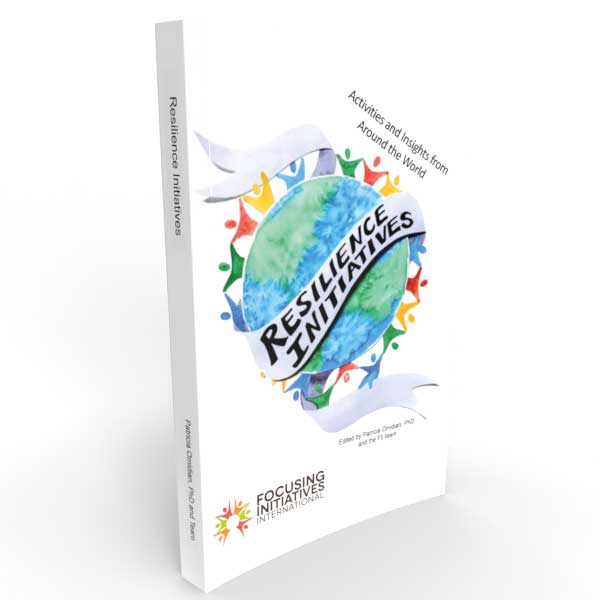As therapist, I invite my feet and legs, pelvis, belly, chest and shoulders, arms, throat, neck and head to resonate with the whole living body of the client. This inter-relational field of shared wholebody presence catalyzes an experience of more aliveness in both. I invite us to notice whatever is happening inside us and outside of us in the environment. This might include noticing energy flow, spontaneous movement, gesture, postural realignment, sensory-affective information, a certain quality of breath, environmental information, a certain quality of my client’s presence. We observe how bodily consciousness adjusts itself very naturally to the omnipresent pull and support of gravity, the ground under our feet, the chair under our sit bones. The legs may feel themselves to be more solidly here. The hip joints may open in response to the gravitational support from the ground up. Shoulders, head, and chest may open up to their own expanded awareness of themselves, a result of gravity’s support, of the support of the lower torso, as well as the more subtle support of the space above the head, below the feet and ground, and around the whole body. More and more of me is here now, present to these very natural connections with my environment which includes the client. I invite my self-aware living body to open from the inside out, to take all the space it needs inside of the shared space of ‘WE’. I model this for my client and invite them to do the same.
I am the neutral observer of my own experiencing, gentle, curious, accepting and open to what might emerge and rise up inside of our shared field of awareness rather than intensely waiting for the client’s responses or reacting to their inner experiencing. The bodily felt qualities of “neutral and detached” open my sensory and physical field of awareness to really being here with the client, exactly the way they are, meeting them exactly the way I am with no agenda of my own. A century of experimentation in Quantum Physics has established that observer presence causes random and disordered fluctuations of electrons to organize themselves in meaningful non-random ways (Radin, 1997; Whalen & Fleisch, 2012). In the very same way, the quality of my observer wholebody presence with the client somehow facilitates a reorganization process at a bodily level which touches all layers and levels of human being, from the sub-molecular to firing of cellular tissue processes.
I allow myself to be touched as a human being by the client`s experience, but without a loss of self or a need to rescue them or distance myself from them by intellectualizing or analyzing their process. If I begin to get distracted, I return to my connection with the ground and the environment. This gives me the safety and space to notice what wants my attention and the client’s, while maintaining a connection with the whole living body of ‘WE’. Nothing much can happen until we are both connected to this larger experience of Self in grounded presence. Whole sessions may revolve around the client’s struggle to settle into a bodily connection with the self particularly early on in the therapy process, because of fear, distraction, or resistance. Similarly, the therapist may notice their own distractions, struggles, and resistance to connecting to self. The apparent disconnect from the bodily self is an excellent doorway to re-establish a connection, as we explore together what gets in the way of that and also what might support the reconnect inside of this shared present moment between us. The following session anecdote illustrates the dynamic nature of the struggle to connect with the bodily self.
